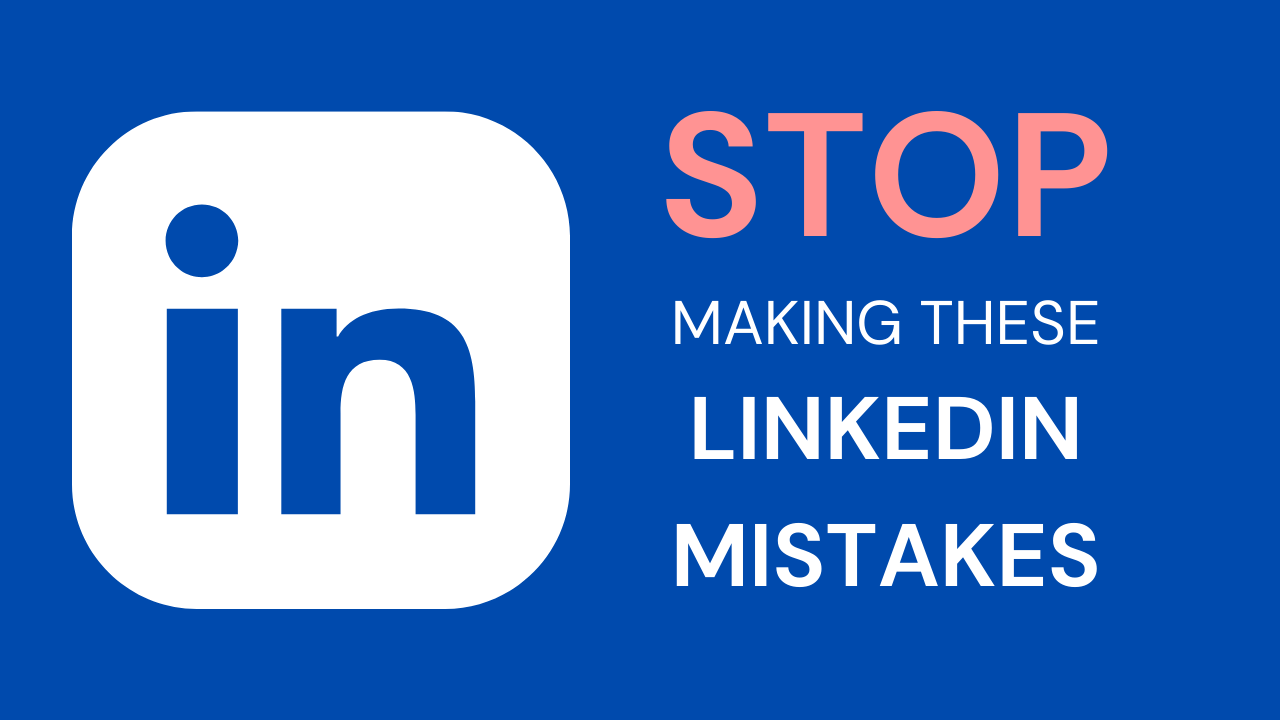LinkedIn is an enormous professional network that sadly has no rulebook of how you can use it the right way.
The potential mistakes on LinkedIn, however, could cost you not being noticed by potential employers, appear unprofessional, or the worst, lose out on some of the most important opportunities of your life.
We already know how important LinkedIn is and how much significance it has for our professional lives.
But the question remains – In such a pool of people with talents, how do you make your profile stand out from the rest?
The simple answer is you need to optimize your LinkedIn profile and stop committing the most common LinkedIn mistakes people are guilty of committing.
Why you need to be careful about LinkedIn mistakes?
With more than 800 million users, LinkedIn is the largest professional network in the world.
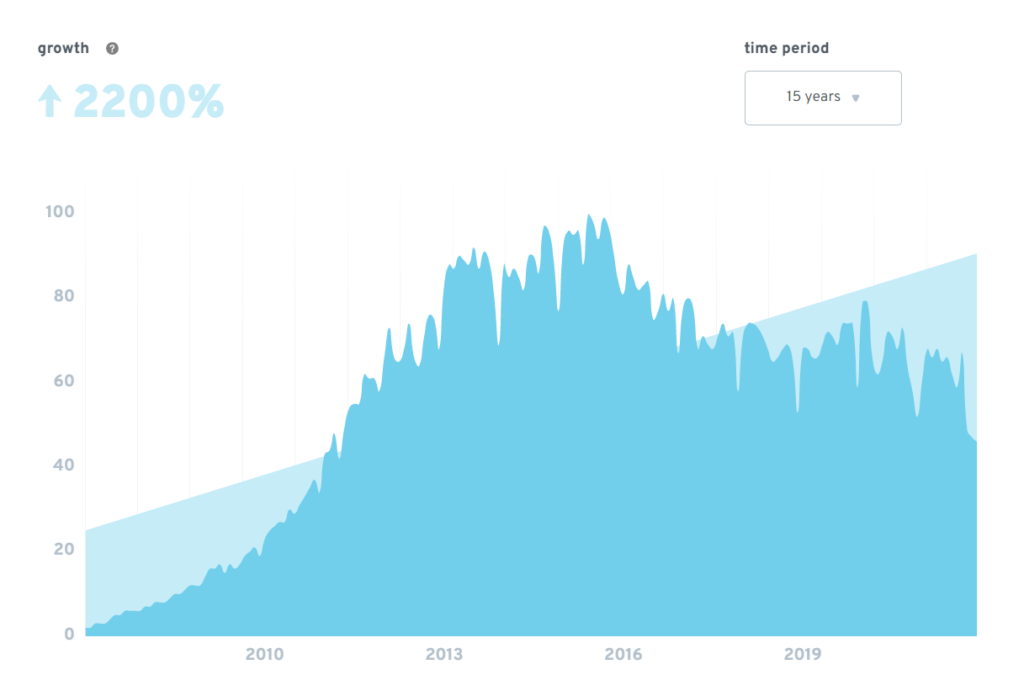
Most of us are still unaware of how we can harness the maximum potential from this platform.
Being a professional network, LinkedIn is a great network to find new opportunities and present yourself in front of people.
However, just like in real life, we often miss the mark in presenting ourselves, what we do, and who we are, and LinkedIn is no different.
In this blog post, we will be witnessing some of the most critical LinkedIn mistakes to avoid and walk you through the solutions to save yourself from these mistakes.
10 LinkedIn Mistakes to Avoid
1. Not dedicating yourself to your niche
Whether you are an entrepreneur, a managing director for a company, a digital marketer, or a business student, you need to link up with like-minds to grow your network and find opportunities in your field.
LinkedIn, being a giant network of professionals is also a place where losing yourself in multiple domains is as easy as anything. In fact, it might even seem appealing to connect with people from different domains just to grow your network.
But in the long run, it’s a really bad mistake.
LinkedIn is all about providing value with every piece of content you post. Entering multiple domains and contributing almost nothing to each domain isn’t going to serve any purpose to any community, let alone build your network.
To build solid connections in your niche, find your preferable LinkedIn interest, optimize your profile for the same, produce content around it and connect with people with similar interests.
2. Treating LinkedIn like every other social media network
LinkedIn is a professional social platform that promotes professional experiences, creative storytelling and staying true to your niche.
Unlike other social platforms, you won’t see people sharing their vacation pictures on LinkedIn, because that’s not engraved in the culture of the site.
By the looks of it, every social media platform serves a different kind of purpose. People don’t expect you to ‘write’ things on your Instagram, because you have Twitter for that. In the same way, people don’t expect you to be informal or personal on LinkedIn, because you have Facebook and other social media platforms for that.
Treat LinkedIn as a social network where you just talk about business. It’s a good practice to build your credibility and trust with your connections.
3. Having an incomplete profile
Your LinkedIn profile, being the reflection of your digital identity, needs to be extremely attractive in order to attract new employers/clients. Keeping an incomplete profile is one of the most common LinkedIn profile errors.
LinkedIn has evolved a lot over the years. You can mention every professional activity on your profile, the companies you have been (or are) working with, and the areas you are proficient in.
Having a complete LinkedIn profile suggests that you are serious about your professional network.
If you want to call your LinkedIn profile complete, make sure to include the following sections:
- A profile image and header image
- A customized URL, clearly stating your name
- A compelling bio, mentioning your skills
- Your contact info (which includes your LinkedIn profile link, your website, your email)
- A featured section that mentions all the posts you want people to see first on your profile
- Your Experience, which mentions your past professional experience, the companies and positions you have worked at
- Your education and qualifications
4. You aren’t posting enough
For any platform to provide you with the growth you require, you need to be consistent with your posting.
Regularly posting content is not just good for LinkedIn, but for every platform where you have a presence.
In our guide on social media marketing fails, we figured out that if you post on LinkedIn, you need to post at least 5 times a week.
Even if you can’t commit to such a schedule, and even if you are able to just post once or twice a week, maintain that consistency.
It’s important to be in constant contact with your network. Update them with your current professional endeavors, share insights and experiences you have had, and mention what learn every now and then. Constantly sharing your experiences gives credibility to your profile and improves the chances of you being noticed by potential members and clientele.
5. Exaggerating your posts
Everybody loves a good story. But what nobody likes is how vaguely you mention this story.
LinkedIn is a place that endorses professional storytelling, yet how well you define this story/experience directly impacts your credibility.
It’s okay to somewhat stretch your posts for some extra LinkedIn engagement, but if everything you post seems like an exaggeration, people are going to have a hard time believing you.
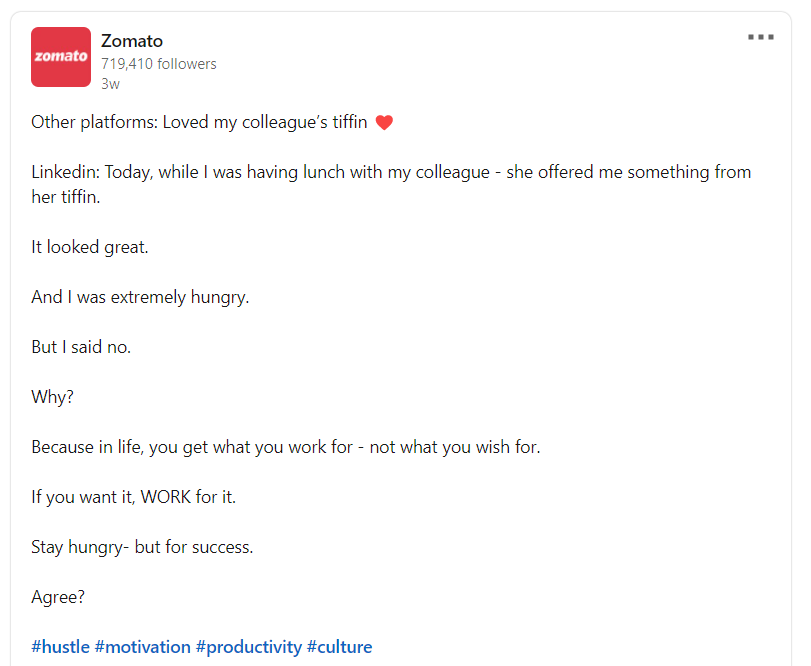
The most important thing than the experience is how you present it. Even if it isn’t really that exciting as compared to others, you can still keep it as real and original as possible.
6. Not paying attention to your ‘About’ section
Not optimizing your LinkedIn bio section is one of the most common LinkedIn mistakes that most people commit.
The bio (about) section is the only section where you are free to express yourself properly on LinkedIn. People on the internet judge other profiles on the basis of their bios, so you have to make sure yours is an intriguing one.
A lot of times, people commit the mistake of keeping their ‘about’ section short. While that’s something popular profiles can do since their features, experience, and followers tell the tales of their success and experience.
But if you are just starting out on LinkedIn or don’t have enough exposure, make sure to take advantage of every feature that comes your way.
Usually while creating an ‘about’ section for any professional profile, the most ideal formula is to sandwich your experience with your past. We call it the RSE LinkedIn formula.
It usually looks like this:
- The Reason you belong to a particular industry
- The Story as to why you started
- The Experience you currently have
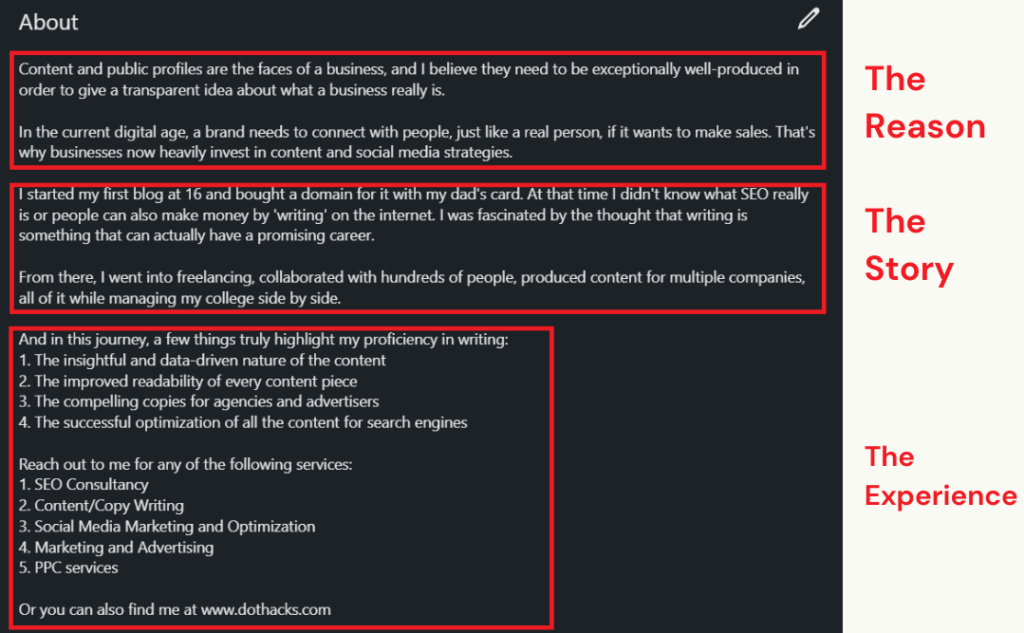
7. You are not using strategic keywords
LinkedIn profiles are indexed by search engines, and your profile headline shows up first.
When you have a branded profile, you have more chances of being found by people who require the services you offer.
This is a great chance for you to mention your association with these keywords is reflected in your profile.
Not only that but also including compelling headlines helps you get noticed. With the features offered at LinkedIn, it only makes sense to make the best use of them in the most creative ways possible.
8. You don’t have any recommendations
Recommendations are one of the useful features on LinkedIn that contribute a lot to your credibility.
Having a recommendation on your profile helps your employers know what kind of experience previous employers/clients have had with you.
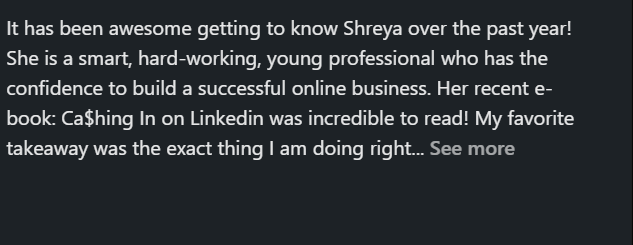
However, receiving recommendations on your profile is something you need to be smart about as well. You can’t ask your friends to just post anything that seems attractive without any credit.
Rather,
- Give recommendations to other people in order to receive them yourself
- When you have had a professional experience with a client/employer, ask them for a recommendation. The natural it is, the better it looks.
With the number of people that have the same kind of experience as you do, adding features like recommendations definitely helps along.
9. Not accepting ‘any’ invitations
On other social platforms, it’s okay to only accept the following requests from the people you know.
On LinkedIn however, it works differently.
People often approach to connect for professional purposes, ask for advice, or the best, provide opportunities. As your goal is to build professional relationships on LinkedIn, declining too many connection requests could come in the way of you achieving that.
Sending and accepting connection requests on LinkedIn is okay, even if you haven’t met the people personally.
At the same time, accepting connections from everybody without figuring out the value involved is a mistake as well. Go for quality over quantity – Keep your connection list full of people that are in the same industry as yours.
10. Not paying attention to your overall tone
Being a professional platform, you’d want your very own tone to compliment the same.
Everybody on LinkedIn is basically a personal brand, and your content is a reflection of that. This means that you’d want to produce such content that reflects a positive light on your work and past experiences.
One of the most important things is that you never cast a shadow or paint your previous company/workplace in a negative light. This practically casts away potential employers.
Along with that, adding value to your content by providing links to articles also add a lot to your credibility.
Conclusion
While growing a following isn’t easy on any platform, you can always start step by step by crossing off our list of mistakes to avoid on LinkedIn.
By saving yourself from these LinkedIn mistakes, you can start building some of the most beneficial relationships on LinkedIn and grow your professional network.
Keep posting frequently and try building your network by trying different things. Since LinkedIn is changing and evolving at such a rapid pace, you need to adopt different measures for your profile as well.

